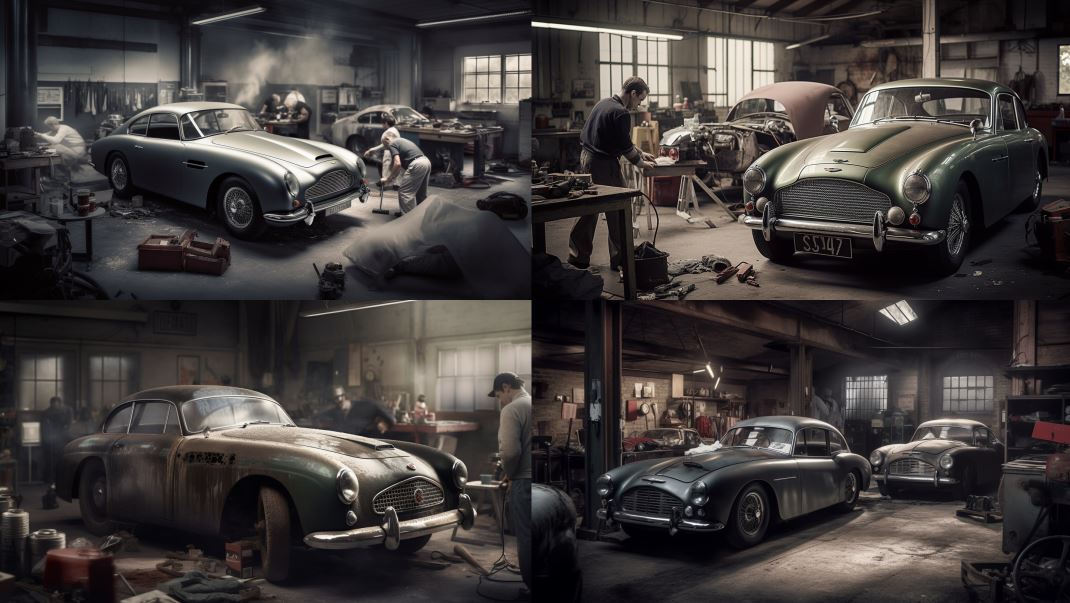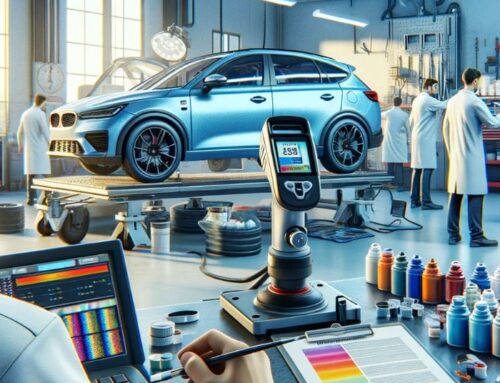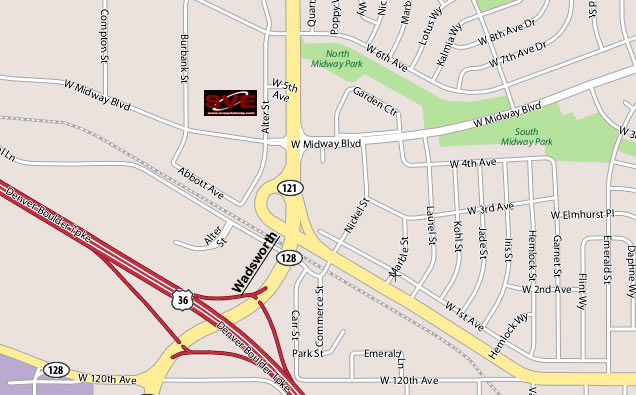From Eyesore to Wow:
Unleash the Magic Tricks to Fix Cracking Paint in a Snap!
Introduction
At SVE Autobody, we understand the frustration that comes with encountering cracking paint on your beloved car. Cracking paint not only diminishes the aesthetic appeal of your vehicle but can also lead to further damage if left unaddressed. In this comprehensive guide, we will provide you with step-by-step instructions on how to effectively fix cracking paint on cars. By following our expert advice, you can restore the pristine appearance of your vehicle and ensure its longevity.
Assessing the Extent of Cracking
Before diving into the repair process, it is crucial to evaluate the severity of the cracking paint on your car’s surface. This assessment will help you determine the appropriate course of action and allocate the necessary resources. Here’s how you can assess the extent of the damage:
Visual Inspection:
Begin by thoroughly examining the affected areas of your car’s paint. Look for fine cracks, large fissures, or areas where the paint has completely chipped off. Take note of the size, location, and quantity of the cracks.
Tactile Examination:
Gently run your fingers over the cracked paint to feel the texture. Some cracks may be superficial and limited to the topcoat, while others might extend deeper into the underlying layers of paint.
By carefully evaluating these factors, you can better understand the condition of the paint and proceed with the appropriate repair techniques.
Preparing for the Repair Process
Repairing cracking paint on cars requires meticulous preparation to ensure optimal results. Here are the essential steps you need to follow:
Gather the Required Materials: To effectively fix the cracking paint, gather the following materials:
Sandpaper (various grits, including 320, 600, and 1500)
Clean microfiber cloths
Paint scraper
Automotive primer
Matching automotive paint
Clear coat
Masking tape
Painter’s tape
Cleaning the Surface: Before commencing the repair process, thoroughly clean the affected area using a mild automotive detergent and water. This will remove any dirt, grease, or wax buildup that could hinder the repair process.
Masking Off Surrounding Areas:
To prevent any accidental damage or overspray, use masking tape and painter’s tape to mask off surrounding panels, windows, and other areas that do not require repair. This will ensure a clean and precise repair job.
Repairing the Cracking Paint
Now that you’ve completed the preparation phase, it’s time to move on to the actual repair process. Follow these steps carefully for optimal results:
Step 1:
Removing Loose or Damaged Paint: Begin by using a paint scraper or sandpaper to remove any loose or damaged paint from the affected area. Be gentle to avoid causing additional damage to the surrounding paintwork. Use a finer grit sandpaper (e.g., 320) to smoothen the edges of the remaining paint.
Step 2:
Sanding the Cracked Area: Using progressively finer grits of sandpaper (e.g., 600, 1500), carefully sand the cracked area until it becomes smooth and the cracks are no longer visible to the touch. This process ensures a smooth and seamless repair.
Step 3:
Priming the Surface: Once the cracked area is sanded and smooth, it’s time to apply automotive primer. The primer creates a stable base for the new paint and helps it adhere properly to the surface. Follow these steps:
Shake the automotive primer can thoroughly to ensure proper mixing.
Hold the can approximately 8-12 inches away from the surface and apply a light, even coat of primer.
Allow the primer to dry completely according to the manufacturer’s instructions. This usually takes around 10-15 minutes.
Step 4:
Applying the Base Coat: After the primer has dried, it’s time to apply the base coat of automotive paint. Ensure that you have the correct color match for your vehicle. Follow these guidelines:
Shake the paint can thoroughly to mix the color pigments.
Hold the can at the recommended distance from the surface and apply multiple light coats, allowing each coat to dry before applying the next.
Aim for complete coverage of the primed area, ensuring a seamless transition between the repaired and original paint.
Applying the Clear Coat:
To provide a protective layer and enhance the finish, apply a clear coat over the base coat. Follow these steps:
Shake the clear coat can thoroughly.
Apply light, even coats of clear coat over the repaired area, ensuring full coverage and a glossy finish.
Allow the clear coat to dry according to the manufacturer’s instructions.
Blending and Buffing:
After the clear coat has dried, inspect the repaired area for any inconsistencies or imperfections. If necessary, use fine-grit sandpaper to blend the edges of the repair into the surrounding paintwork. Then, gently buff the repaired area with a clean microfiber cloth to achieve a smooth and polished finish.
Final Inspection and Finishing Touches:
Once you are satisfied with the repair, remove the masking tape and painter’s tape. Give the entire area a final inspection to ensure a seamless integration with the rest of the vehicle’s paintwork. If desired, you can apply a layer of automotive wax to protect and enhance the repaired area.
Conclusion
By following these expert guidelines, you can effectively fix cracking paint on cars and restore the pristine appearance of your vehicle. Remember to assess the extent of the damage, prepare the surface properly, and follow the step-by-step repair process with care. Whether you’re a seasoned DIY enthusiast or a first-time car owner, this comprehensive guide will help you achieve outstanding results.
Don’t let cracking paint mar the beauty of your car. Take action today and restore its luster with our proven repair techniques. Your vehicle deserves the best care, and we’re here to provide you with the knowledge and guidance you need to keep it looking its best.
If you have any further questions or need additional assistance, feel free to CONTACT our team at SVE Autobody. We’re always ready to help you achieve outstanding results and keep your car in pristine condition.
Remember, your car deserves nothing less than excellence, and with our expert advice, you can ensure it stands out on the road, turning heads with its flawless paintwork.











